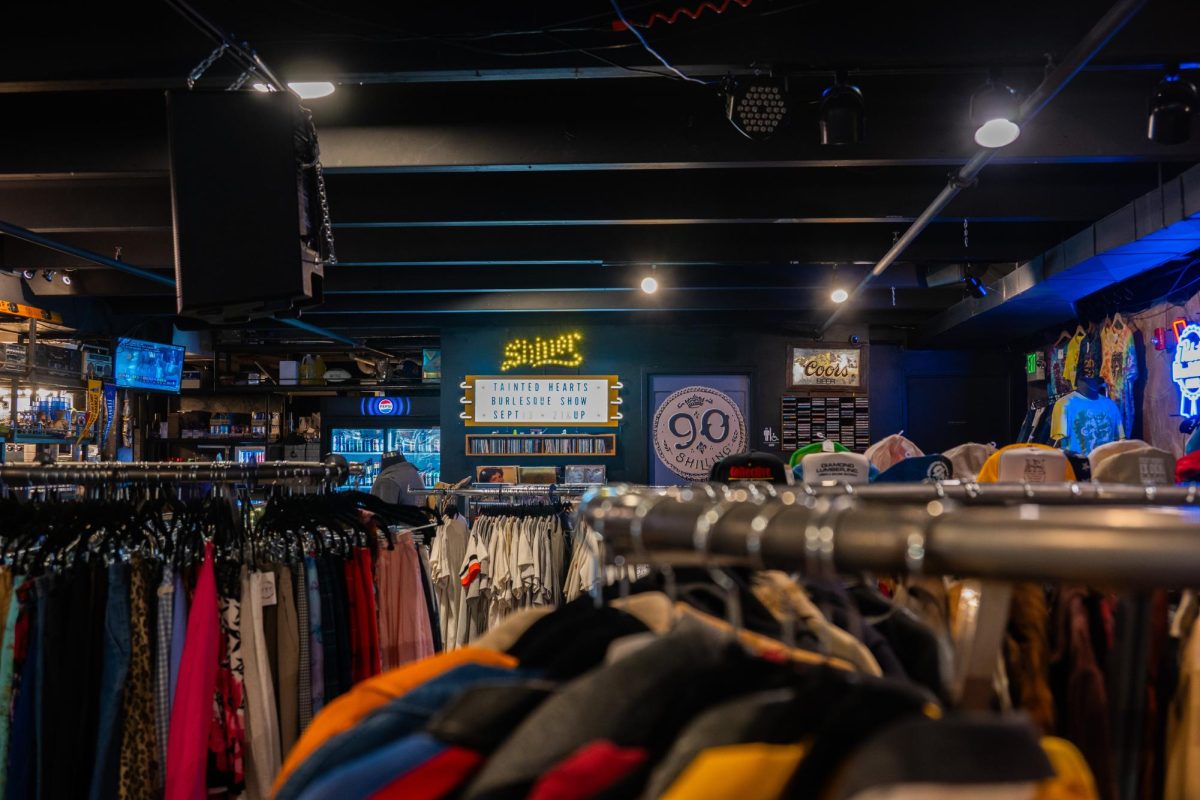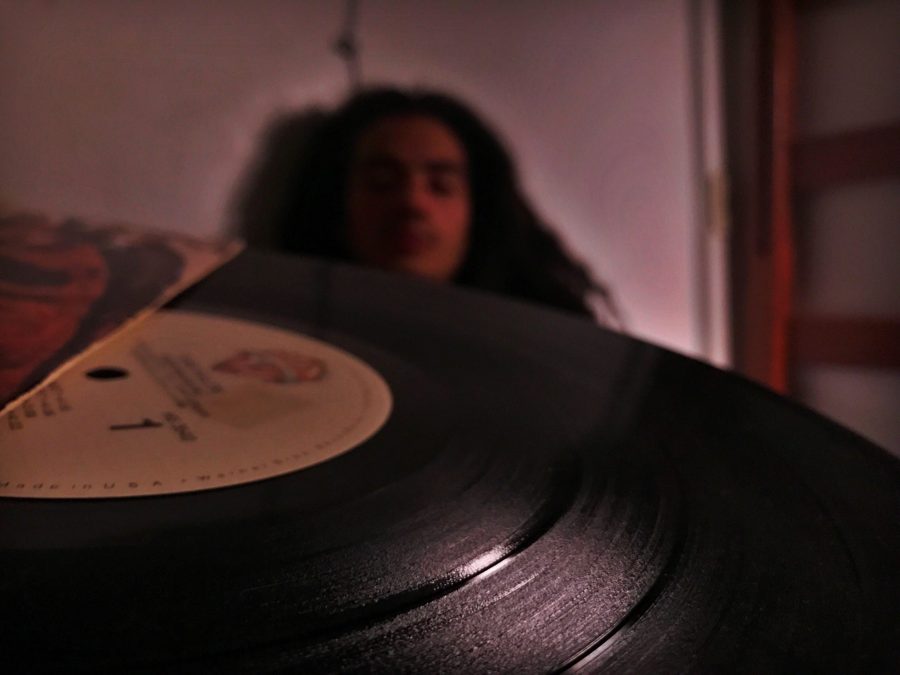This one is for all you indie, hipster music lovers who have no idea why the musicians you listen to sound so much like your parents favorite music. This doesn’t constitute the literal chords in the music, but the music’s feel and style.
Here’s the sitch, and let’s rip it off like band aid; music is recycled from previous decades and nothing is actually original. As emotional and striking as that realization was, I have spent a considerable amount of time reminiscing in the “parental” decades before us and the musical ingenuousness that followed.
The investment of the 1990’s music in the current generation is surprisingly extensive. Majority of the 90’s era stars have continued to expand their music careers and delve into the current generations playlists. Artists such as: Green Day, Weezer and Red Hot Chili Peppers still echo through Generation Z’s ears.
These 90’s artists developed the grunge rebel subculture in the Generation Z populace. Not only that, but these artists are some of the defining influences for current rock culture bands. The grungy rebellious teenagers that run amok in 2017 are extensively similar to the rock culture that lived in the 90’s.
As rebellious as the 90’s was, the real “trouble” started with the early 1980’s disco and the rise of the true party culture.
Before kids were to cool to party away their lives, they were teasing their hair and screaming Madonna into their brushes.
Michael Jackson, Madonna, Queen and Eurythmics were mainstream game changers in the music industry during this time period. Sex, drugs, dancing and parties eased through the chords of their “funky-fresh” beats as teenagers aimlessly rushed from nightclub to nightclub. Music was a true illustration for how people wanted to see themselves.
Similarities are seen in music today. EDM, hip-hop and electronic music all derive from some form of disco music. The fast beats and vulgar lyrics of today’s popular music is an allusion to the party period of our parents generation and says “we are not that different from you.”
All the vibrant colors and extensive parties of the 80’s first erected from post Woodstock, 1970’s decade. Peace signs, high waisters and the start of marijuana culture, that has yet to end, were key factors in the culture aspect of the 70’s.
This was vividly represented in their music as David Bowie, The Beatles and Queen took stages across the world to represent the popular culture of the 70’s. Current “indie” artists, such as Summer Salt and Glass Animals, take notes on the 70’s music style and have brought it into the hippie subculture of the 21st century.



































